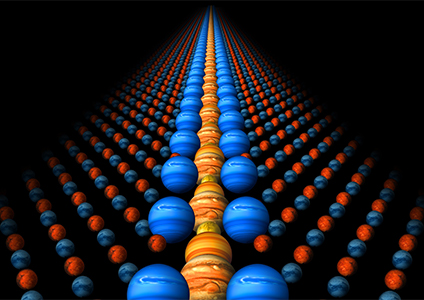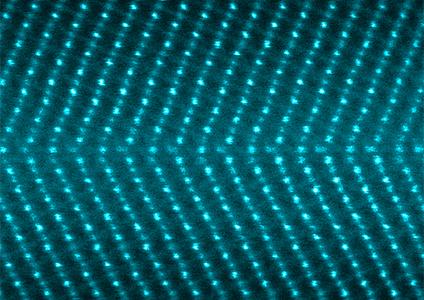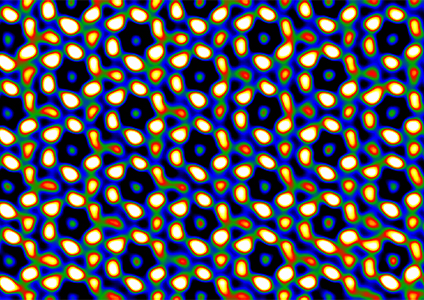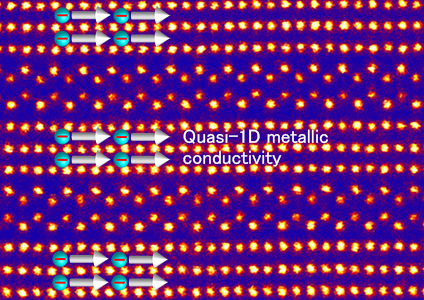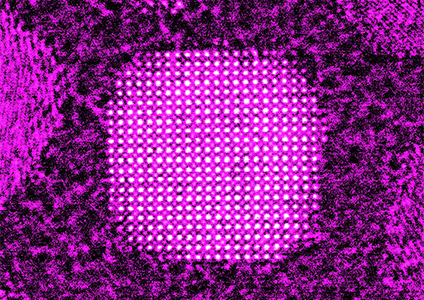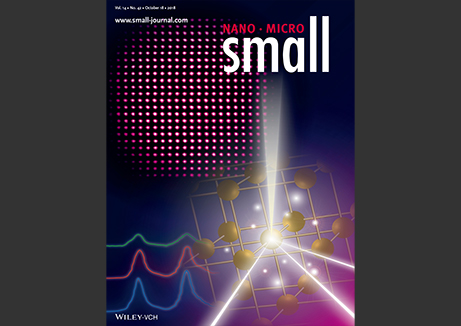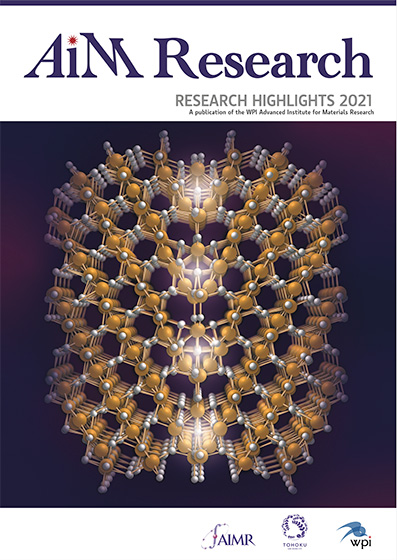Research Interests
1. Atomic-resolution characterization of grain boundaries and interfaces
Grain boundary is an interface between two adjacent crystal grains in materials that plays a significant role in determining functional properties. Atomic structure of grain boundaries is always different from those in the bulk constituents, and hence exhibit novel functional properties that cannot be realized in bulk crystal. We combine state-of-art scanning transmission electron microscopy (STEM) and atomistic first-principles calculations to unambiguously determine the atomic structures of grain boundaries and various crystalline interfaces as well as their electronic/magnetic properties, which enables us to discover novel properties for potential applications in a diverse range of scientific disciplines.
2. Establishment of a universal mathematical scheme for crystalline interfaces
Revealing the fundamental principle for determining stable atomic structures and associating physical/chemical phenomena has long been of essential importance for the development of advanced materials. It is indispensable to integrate pure mathematical approaches with the atomic-resolution STEM and theoretical calculations in order to establish a universal geometrical theory for crystalline interfaces. Eccentric properties of grain boundaries should result from nearby nano-scale voids, leading to the questions of what type of atomic polyhedra pack the grain-boundary region. By investigating three-dimensional arrangement of atomic polyhedra, the underlying structural hierarchy behind atomic arrangement of grain boundaries is extracted, which is directly related to the distribution of rational numbers. It is fundamental but should be important for designing high-performance materials.
